- Joined
- 21 April 2009
- Messages
- 13,756
- Reaction score
- 7,696
Pentagon Expands Hypersonics Transition Office
Pentagon Expands Hypersonics Transition Office
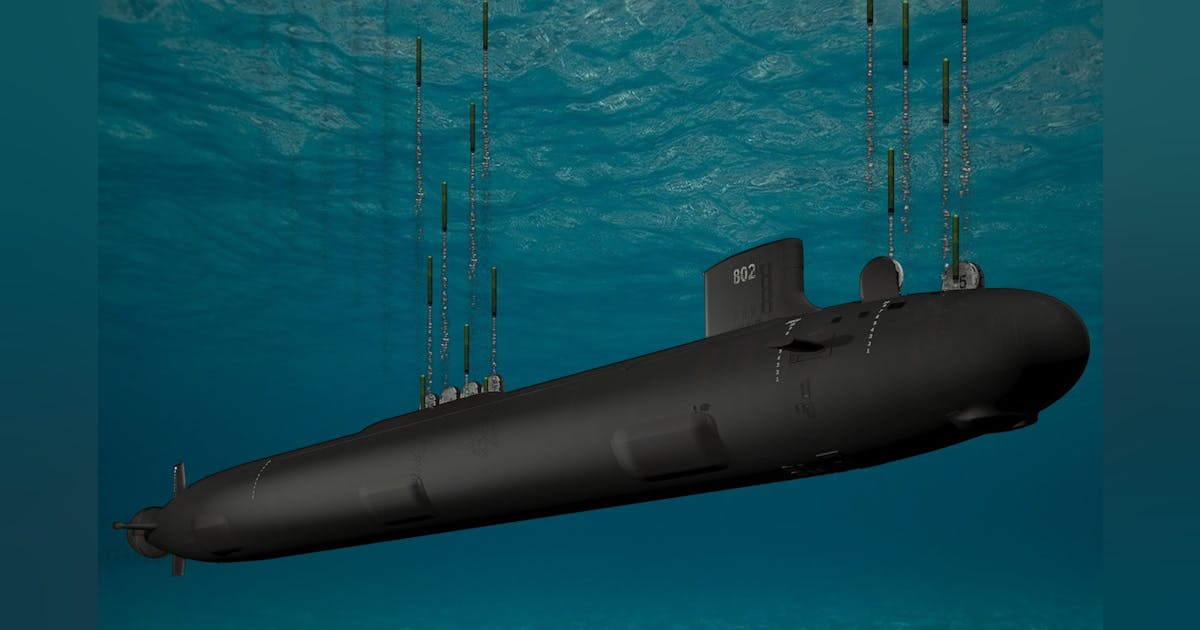
Lawmakers flinch at hypersonic cost estimate, dial back Navy plans
A key congressional panel, concerned by a recent independent cost estimate for the Pentagon's marquee offensive hypersonic strike weapon, is moving to rein in plans for the Conventional Prompt Strike program by clipping Navy-requested procurement funding as well as resources sought for a Block 2 variant and blueprint efforts to integrate the two-stage booster and hypersonic glide vehicle into the Virginia-class submarine
————-
The cutting begins
The Senate Appropriations Committee in its proposed FY-21 defense spending bill would cut funding for the CPS program by $388 million, a nearly 40% reduction to the Navy's $1 billion request, noting the panel understands the need for the new class of weapons and supports the endeavor but has misgivings about current plans to scale the effort.
A report accompanying the committee's spending bill reveals new information about the project, including the existence of a recently completed independent cost estimate prepared by the director of the office of cost assessment and program evaluation.
While the committee report doesn't disclose the total sum of the cost estimate, it reveals that CAPE found the Navy's acquisition strategy, technical baseline, and schedule programmatic definitions lacked specificity. In addition, CAPE flagged potential issues that could signal problems with future cost growth in the program, including "the Navy's optimistic assumptions with respect to CPS engineering development, the concurrent development of CPS blocks, as well as significant funding shortfalls in the outyears," according to the Senate report.
In December 2018, then-Chief of Naval Operations Adm. John Richardson set a 2025 target for fielding a sea-based, offensive hypersonic strike conventional weapon. That goal, which maintains service policy, calls for putting the new hypersonic boost-glide weapon on the fleet of four conventionally armed Ohio-class SSGN submarines.
The Navy's FY-21 budget proposal outlined new plans to also begin integrating the hypersonic weapon on variants of the Virginia-class boats outfitted with a Virginia Payload Module for initial operation as soon as fiscal year 2028 -- just as the SSGN fleet begins retiring. The VPM is the newest variant of its attack submarine class, stretched to accommodate additional missile tubes that have been eyed for a conventionally armed hypersonic boost-glide body since the VPM program was announced in 2012.
"The Committee recognizes the need for and continues its support of the CPS program, but is concerned by the Navy's acquisition approach and the Director, CAPE's, findings," the appropriators' report states. "Therefore, to ensure continued development progress towards a CPS capability while reducing acquisition risk, the Committee recommends a reduction of $248.8 million for the procurement of CPS all-up rounds in fiscal year 2021 that are excess to rounds required to execute the flight test program; a reduction of $35.9 million to contractor-led CPS block 2 upgrades; and a reduction of $104 million for Virginia-class modifications and installations."
The Senate panel's legislation would also direct the Navy acquisition executive to review the CPS program's acquisition strategy.
The Navy's FY-21 budget request projected the CPS program would require $5.8 billion through FY-25.
The Senate report reveals that the current five-year plan envisions procuring 25 all-up rounds during the developmental stage of the program.
In October 2019, the Navy assumed stewardship of the CPS program -- a continuing technology development effort -- from the Office of the Secretary of Defense. The Navy and the Army are cooperating to develop a prototype operational system that uses the same booster and a common hypersonic glide body developed as part of the CPS program.
The Navy is spearheading design of the C-HGB and the Army is responsible for production of the glide body for the two services.
Following a March flight test, the Defense Department announced the end of the technology experimentation phase and the launch of the system development phase for prototype weapon systems the Army and Navy aim to deploy. The Army's program aims to repurpose the Navy booster on a road-mobile system in a prototype Long Range Hypersonic Weapon battery by 2023.
Legislation proposed by the House Armed Services Committee in its version of the FY-21 defense policy bill would mandate the Navy begin integrating the CPS hypersonic weapon on the Zumwalt-class (DDG-1000) destroyers beginning Jan. 1, 2021.
Hypersonic weapons travel at least five times the speed of sound and are one of two types: glide vehicles or air-breathing. The CPS program is focused on glide-vehicle technology, where the payload is lifted on ballistic missiles to the edge of space then released to skip unpowered along the rim of the atmosphere with the ability to maneuver in flight. This trajectory allows this new class of weapons to exploit a huge blind spot in existing air and missile defense sensors, giving them an air of invincibility.
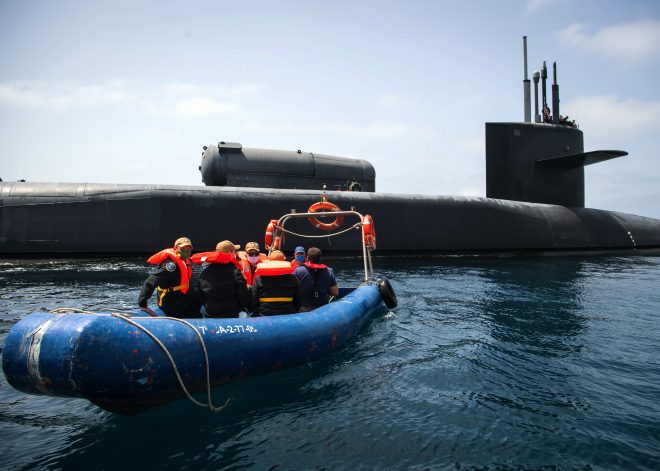
Today, the U.S. Department of Defense and the Australian Department of Defence announced a bilateral effort to advance the development of air-breathing hypersonic technologies. The Southern Cross Integrated Flight Research Experiment (SCIFiRE) is an Allied Prototyping Initiative (API) under the Directorate for Advanced Capabilities within the Office of the Under Secretary of Defense for Research and Engineering. The Department of the Air Force, under the direction of the Weapons Program Executive Officer, is responsible for the execution of the program.
“SCIFiRE is a true testament to the enduring friendship and strong partnership between the United States and Australia,” said Michael Kratsios, Acting Under Secretary of Defense for Research and Engineering. “This initiative will be essential to the future of hypersonic research and development, ensuring the U.S. and our allies lead the world in the advancement of this transformational warfighting capability.”
The SCIFiRE effort aims to cooperatively advance air-breathing hypersonic technologies into full-size prototypes that are affordable and provide a flexible, long range capability, culminating in flight demonstrations in operationally relevant conditions. The effort will also pursue potential co-production opportunities between the two countries, and leverages U.S. and Australian collaborative hypersonic activities over the last 15 years, namely the Hypersonic International Flight Research Experimentation (HIFiRE) program. SCIFiRE continues collaborative research efforts involving the U.S. Air Force, U.S. Navy, the Royal Australian Air Force Headquarters, and the Australian Defence Science and Technology Group.
“The SCIFiRE initiative is another opportunity to advance the capabilities in our Air Combat Capability Program to support joint force effects to advance Australia’s security and prosperity,” Air Marshal Mel Hupfeld AO, DSC, Chief of Air Force said. “Working with our Defence scientists here in Australia and our partners in the U.S. Air Force and across the U.S. Department of Defense on leading edge capabilities brings out the best in our Air Force team.”
SCIFiRE is the second effort announced under the Allied Prototyping Initiative, which was launched in 2019 by the Office of the Under Secretary of Defense for Research and Engineering through its Advanced Capabilities directorate. API leverages new and existing frameworks for international cooperation in research and development, so that the U.S. and its closest Allies can co-develop high impact operational prototypes and capitalize on the use of the industrial base within both countries.

Navy Says Hypersonic Weapons Coming to Subs in 5 Years - USNI News
The Navy is on track to field a hypersonic strike weapon on submarines by 2025, the head of the Navy’s Strategic Systems Programs said today. Vice Adm. Johnny Wolfe said the hypersonic weapon, which will be used as a conventional prompt strike (CPS) alternative to long-range nuclear weapons, “is...news.usni.org
They might eventually explode into number of promising programms giving fruits at the same time.I've pretty much stopped paying attention to hypersonics at all. All I'm seeing is a bunch of talk in the US.
Because a lot of the work is classified.I've pretty much stopped paying attention to hypersonics at all. All I'm seeing is a bunch of talk in the US.
I'd like to believe that. But past programs (HyFly, X-51, HTV-2, US Army & USN boost-glide flights, etc.) have been mentioned in the public. What are they doing now aside from captive carrying inert shapes and existing weapons?Because a lot of the work is classified.I've pretty much stopped paying attention to hypersonics at all. All I'm seeing is a bunch of talk in the US.
What are they doing now aside from captive carrying inert shapes and existing weapons?
I'd like to believe that but then you factor in the different politics coming up. . .What are they doing now aside from captive carrying inert shapes and existing weapons?
Quite a bit. Like setting up production, testing and validating rocket motors for future variants and getting ready for full flight testing which will naturally only follow once the safety and captive carry testing is complete (which it is for the ARRW). They are laying the groundwork for a considerable ramp in flight testing that is expected in the 2021-2023 timeframe based on publicly available information. I know the past doesn't inspire a lot of confidence but there's reason to be optimistic this time around.
The fact that you think that means the classified process has done its job.I'd like to believe that. But past programs (HyFly, X-51, HTV-2, US Army & USN boost-glide flights, etc.) have been mentioned in the public. What are they doing now aside from captive carrying inert shapes and existing weapons?Because a lot of the work is classified.I've pretty much stopped paying attention to hypersonics at all. All I'm seeing is a bunch of talk in the US.
Yeah, I prefer to base my opinions on the facts rather than fantastical wishes. Still waiting for Aurora, Blackstar, SR-72, RQ-180, aliens, and flying saucers.The fact that you think that means the classified process has done its job.I'd like to believe that. But past programs (HyFly, X-51, HTV-2, US Army & USN boost-glide flights, etc.) have been mentioned in the public. What are they doing now aside from captive carrying inert shapes and existing weapons?Because a lot of the work is classified.I've pretty much stopped paying attention to hypersonics at all. All I'm seeing is a bunch of talk in the US.
Not gonna lie, the ramjet and scramjet program of US has been quite disappointingThe fact that you think that means the classified process has done its job.I'd like to believe that. But past programs (HyFly, X-51, HTV-2, US Army & USN boost-glide flights, etc.) have been mentioned in the public. What are they doing now aside from captive carrying inert shapes and existing weapons?Because a lot of the work is classified.I've pretty much stopped paying attention to hypersonics at all. All I'm seeing is a bunch of talk in the US.
Air Force classified procurement is realy big, what in it?
USAF has complained for years their budget looks inflated because of the pass throughAir Force classified procurement is realy big, what in it?
A lot of pass through funding.
Nope.USAF has complained for years their budget looks inflated because of the pass throughAir Force classified procurement is realy big, what in it?
A lot of pass through funding.
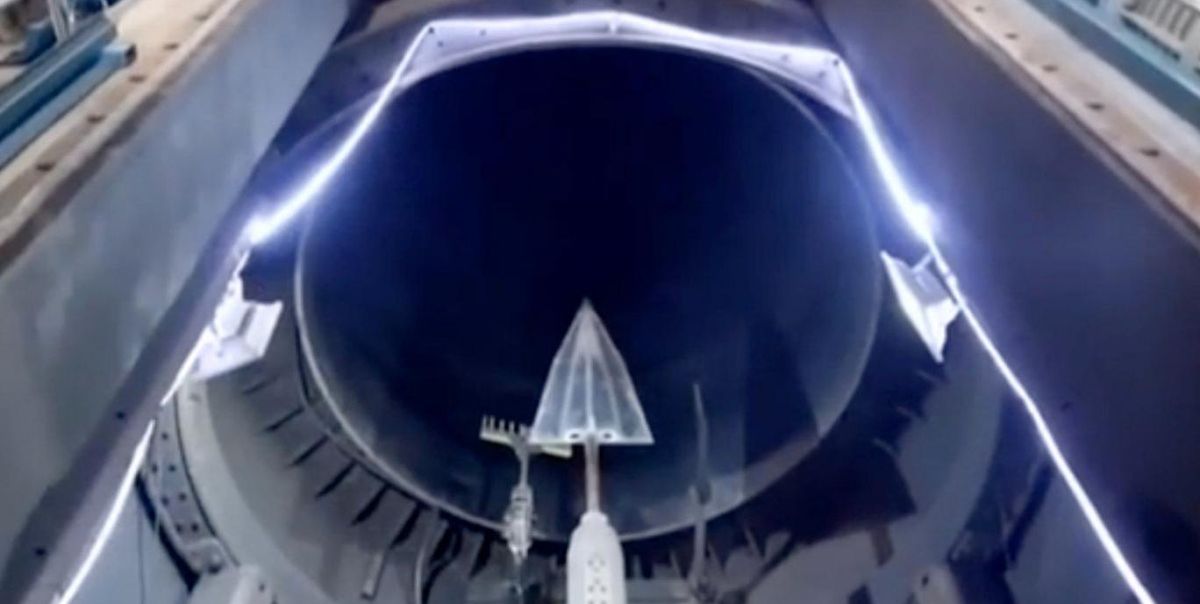
Don’t be facetious. You only have to look at the NRO to know classification is effective.Yeah, I prefer to base my opinions on the facts rather than fantastical wishes. Still waiting for Aurora, Blackstar, SR-72, RQ-180, aliens, and flying saucers.The fact that you think that means the classified process has done its job.I'd like to believe that. But past programs (HyFly, X-51, HTV-2, US Army & USN boost-glide flights, etc.) have been mentioned in the public. What are they doing now aside from captive carrying inert shapes and existing weapons?Because a lot of the work is classified.I've pretty much stopped paying attention to hypersonics at all. All I'm seeing is a bunch of talk in the US.
Yes but you can't just attribute the absence of evidence to "classification". While it may be true in some cases it's also true that sometimes you can't see evidence because it doesn't exist.Don’t be facetious. You only have to look at the NRO to know classification is effective.Yeah, I prefer to base my opinions on the facts rather than fantastical wishes. Still waiting for Aurora, Blackstar, SR-72, RQ-180, aliens, and flying saucers.The fact that you think that means the classified process has done its job.I'd like to believe that. But past programs (HyFly, X-51, HTV-2, US Army & USN boost-glide flights, etc.) have been mentioned in the public. What are they doing now aside from captive carrying inert shapes and existing weapons?Because a lot of the work is classified.I've pretty much stopped paying attention to hypersonics at all. All I'm seeing is a bunch of talk in the US.
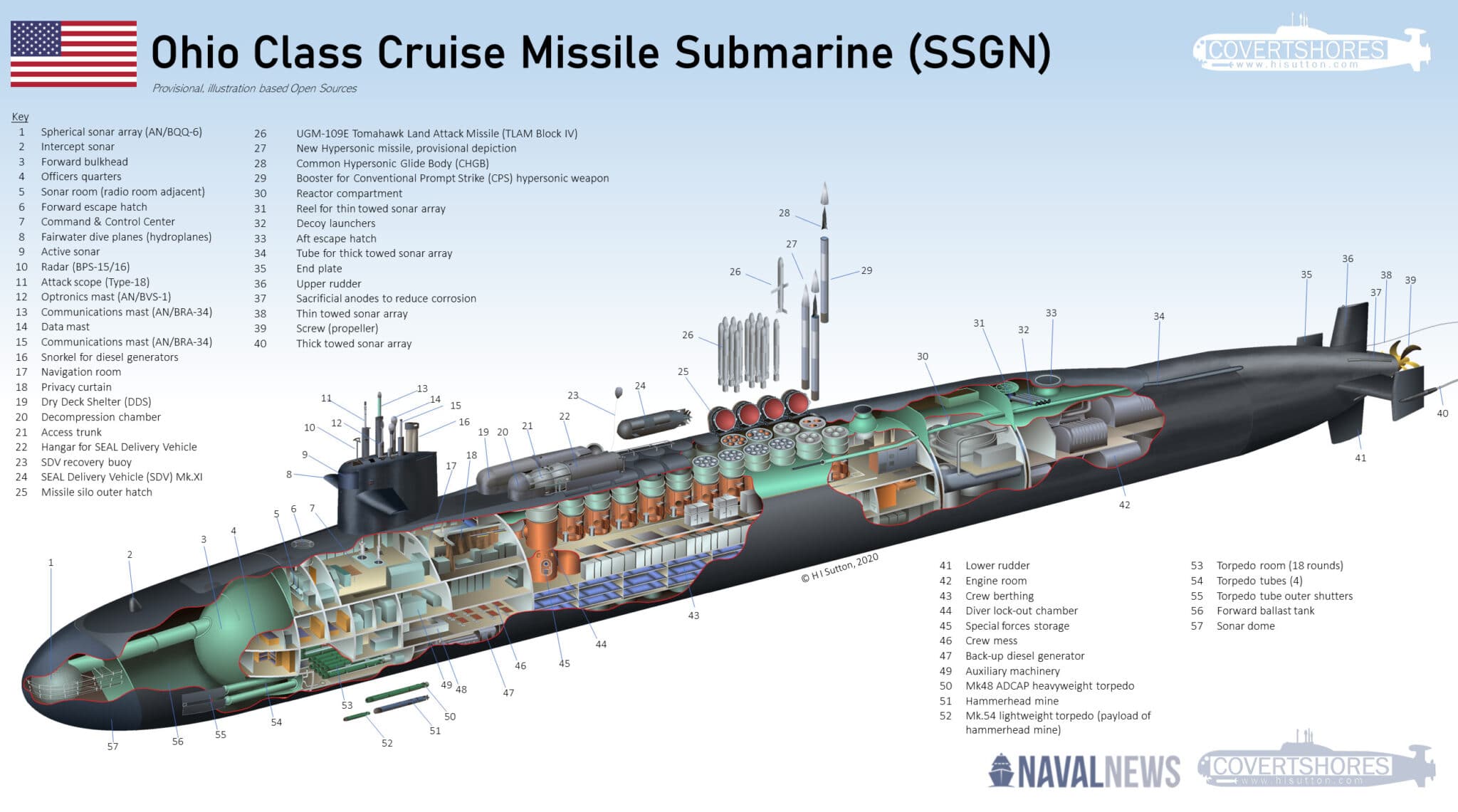
I swear that an RFI/RFP for the booster effort had a loadout of three per SSGN tube....but I'm struggling to find it.I personally would trade a couple of CVNs for a force of 10-12 SSGNs loaded with hypersonic strike weapons

U.S. Navy's Ohio Class Submarine To Get New Hypersonic Weapons - Naval News
The U.S. Navy's four Ohio Class SSGNs may soon receive new hypersonic missiles which could transform their capabilities. H I Sutton explains why.www.navalnews.com
I swear that an RFI/RFP for the booster effort had a loadout of three per SSGN tube....but I'm struggling to find it.
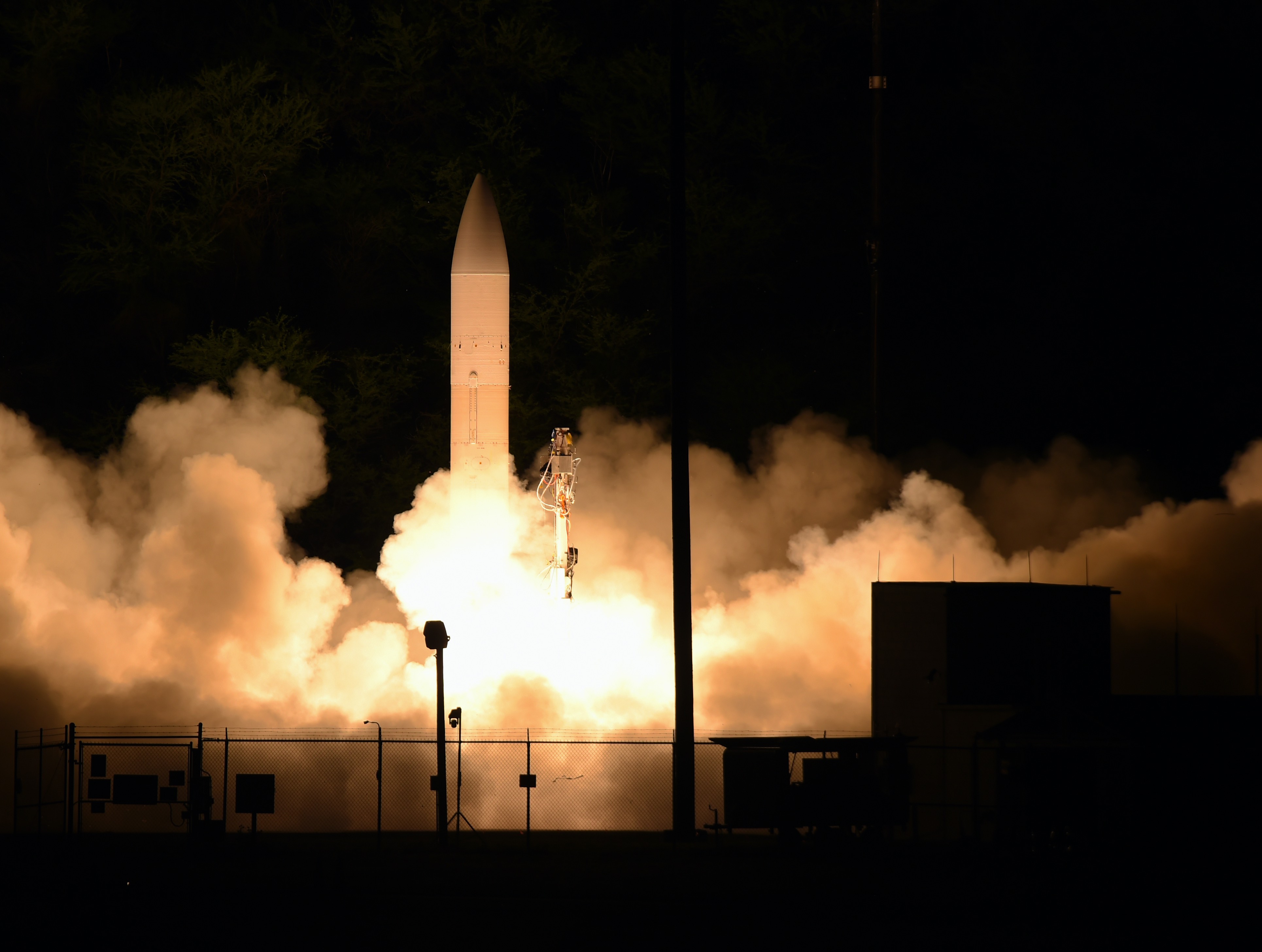
However, the C-HGB is much bigger than the TLAM. The Navy is leaning on work it undertook more than a decade ago to craft a MAC system that was meant to hold three large intermediate-range ballistic missiles and could be repurposed to contain three C-HGBs instead.
Creating a conventional strike ballistic missile was scrapped nearly a decade ago, but the Navy dusted off the three-shot MAC tube plans to accommodate the similar-sized hypersonic strike weapon with the similar aims of delivering a non-nuclear strike weapon at long-range, according to Bryan Clark, a senior fellow at the Hudson Institute who previously worked for former Chief of Naval Operations Adm. Jon Greenert. The configuration can be used on the Ohio SSGNs and the upcoming Virginia Payload Modules in the Block V boats.
Thanks. Found it. (my emphasis)I swear that an RFI/RFP for the booster effort had a loadout of three per SSGN tube....but I'm struggling to find it.
Possibly here? Not quite RFP official, but from a fairly good source.

Path to Install Hypersonic Weapons on Arleigh Burke Destroyers Unclear - USNI News
In order to accommodate the equivalent of an intermediate-range ballistic missile aboard the Navy’s current crop of destroyers, the service would need to undertake complex modifications to both the Zumwalt and Arleigh Burke classes of ships to install a long-range hypersonic strike weapon on...news.usni.org
However, the C-HGB is much bigger than the TLAM. The Navy is leaning on work it undertook more than a decade ago to craft a MAC system that was meant to hold three large intermediate-range ballistic missiles and could be repurposed to contain three C-HGBs instead.
Creating a conventional strike ballistic missile was scrapped nearly a decade ago, but the Navy dusted off the three-shot MAC tube plans to accommodate the similar-sized hypersonic strike weapon with the similar aims of delivering a non-nuclear strike weapon at long-range, according to Bryan Clark, a senior fellow at the Hudson Institute who previously worked for former Chief of Naval Operations Adm. Jon Greenert. The configuration can be used on the Ohio SSGNs and the upcoming Virginia Payload Modules in the Block V boats.
SSP is currently assessing the means to implement the goals set in the FY18 National Defense Authorization Act (NDAA) for rapidly developing and prototyping a Navy Conventional Prompt Strike (CPS) Weapon System (WS) for integration into and tactical deployment on sea-based launch platforms to meet a time-critical national need. The Navy CPS WS will consist of the following primary subsystems:
•· Large-diameter (>30 inches) All Up Round (AUR) [encapsulated missile with a Hypersonic Glide Body (HGB)].
•· Weapon Control System (WCS) for Fire Control.
•· Advanced Payload Module (APM) with AURs in a three-pack configuration. The APM interfaces the AUR to the host platform and includes a support structure, protection, compressed air ejectors, and environmental control not provided by the host platform.
SLIRBM, at 32-inches in diameter, was meant to be quad-packed.I think that was the same number for ATK's IRBM concept years ago as well. (3 per tube.)
Nope.
This is only blue rdt&e funding, and doesn't include the non-blue component which is what intel pass through funding is.
Do you have a sense that NRO has any recent appetite for endoatmospheric hypersonics?
The Air Force classified RDTE budget is actually a few very large programs and a couple of smaller ones. The largest is the Air Force portion of NRO. I assume that is what those in this thread saying "pass through" mean (i.e. AF money going to NRO)
There's no intersection of funds (atleast not on paper) approved for NRO and actual air force. Thats why there's clearly defined boundaries for blue/non-blue components.The largest is the Air Force portion of NRO. I assume that is what those in this thread saying "pass through" mean (i.e. AF money going to NRO)
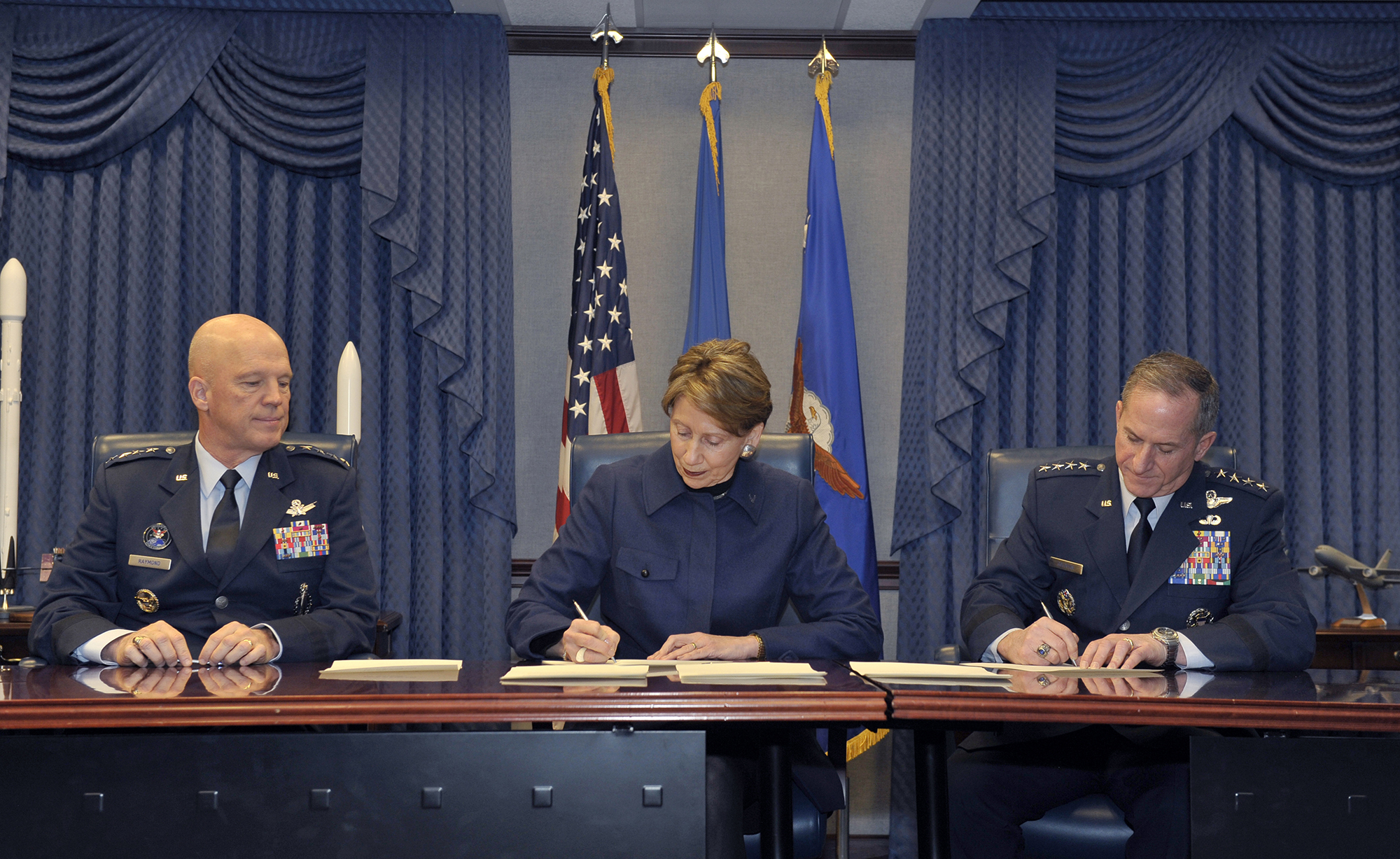
Obviously thats highly improbable.Do you have a sense that NRO has any recent appetite for endoatmospheric hypersonics
The RQ-180 I am more convinced exists especially since that picture was released a while back, plus there are other circumstantial reasons to believe it exists. The evidence for its existence is much better than it is for the others. It’s also not such an ‘out there’ vehicle as the others are, in other words it’s more in line with technologically what could be fielded now. The only thing alleged to be out there advanced about it is its skin. And even then it’s only supposed to be advanced in terms of thermal management not ridiculous things.I m a lot like Sferrin I have more and more doubt about the mystery of a lot of program , zero evidence for a lot like the SR-72, RQ-180 etc.... since decade of mystery existence of this programs I have the real feeling that it don't exist. The only concrete since decade is a NGAD flying demonstrator.
The RQ-180 I am more convinced exists especially since that picture was released a while back,I m a lot like Sferrin I have more and more doubt about the mystery of a lot of program , zero evidence for a lot like the SR-72, RQ-180 etc.... since decade of mystery existence of this programs I have the real feeling that it don't exist. The only concrete since decade is a NGAD flying demonstrator.
Do you not look at this forum it was all over the RQ-180 thread at the beginning of last month?The RQ-180 I am more convinced exists especially since that picture was released a while back,I m a lot like Sferrin I have more and more doubt about the mystery of a lot of program , zero evidence for a lot like the SR-72, RQ-180 etc.... since decade of mystery existence of this programs I have the real feeling that it don't exist. The only concrete since decade is a NGAD flying demonstrator.
Link?
